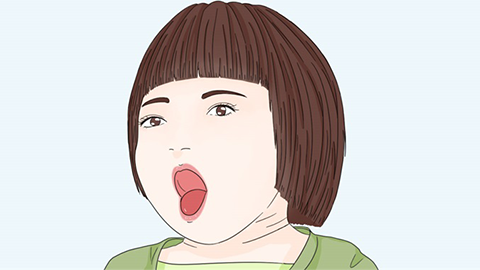What is bronchitis in children?
Variant asthma is a special type of bronchial asthma, influenced by genetic factors, endocrine and allergens, viral infections, exercise, and other factors. The treatment principles are the same as for bronchial asthma, primarily involving anti-inflammatory and bronchodilator therapies. When coughing and wheezing occur, anti-asthma medications can be taken, and if necessary, inhaled corticosteroids via nebulization may be used. Then what is childhood bronchitis?
What is Childhood Bronchitis
Childhood bronchitis is caused by bacterial or viral infections. Influenza leads to inflammation of the bronchial mucosa, with symptoms including coughing, sneezing, wheezing, fever, fatigue, poor appetite, paroxysmal breathing difficulties, etc. Childhood bronchitis commonly occurs in spring and winter. Medications such as roxithromycin granules, Pudilan anti-inflammatory oral liquid, or Jinzhen oral liquid can be used after onset, along with children's expectorant and antitussive granules, ambroxol hydrochloride oral solution, and nebulization to control symptoms. Keep warm and encourage children to drink more water. Bronchitis is more common in infants and toddlers, usually secondary to or concurrent with infections in other parts of the respiratory tract.

The pathogens include viruses, mycoplasma pneumoniae, bacteria, or mixed infections. Clinical manifestations often include symptoms of upper respiratory tract infection, as well as sudden frequent and deep dry cough, which gradually progresses to respiratory secretions. Dry and wet rales can be heard in the chest, mainly irregular moderate bubbling sounds. Infants and toddlers cannot expectorate phlegm effectively, and most swallow it through the throat.

In daily life, maintain a regulated diet, avoid spicy and irritating foods, overeating, and staying up late. I hope this response is helpful to you.






